Home / Albums / Tag Agriculture Equipment 17

 Sylvanus D. Locke's Harvester and Binder
Sylvanus D. Locke's Harvester and Binder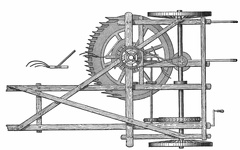 Gladstone's Reaping Machine (1806)
Gladstone's Reaping Machine (1806)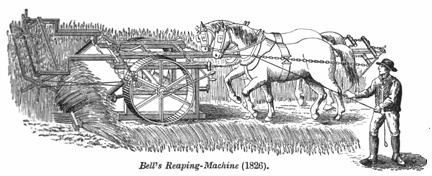 Bell's Reaping-Machine (1826)
Bell's Reaping-Machine (1826)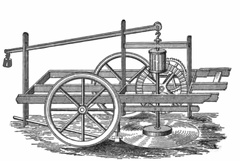 Bailey's American Mowing Machine (1822)
Bailey's American Mowing Machine (1822) The 'Champion' Harvester
The 'Champion' Harvester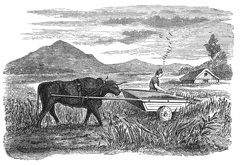 Reaper in Gaul (70 AD)
Reaper in Gaul (70 AD)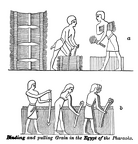 Binding and pulling grain in the Egypt of the pharaohs
Binding and pulling grain in the Egypt of the pharaohs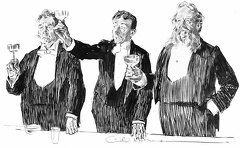 [he Queen
[he Queen Farming instruction book 1601
Farming instruction book 1601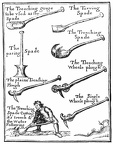 Trenching Implements 17th Century
Trenching Implements 17th Century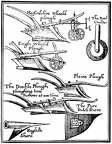 Seventeenth Century Plows
Seventeenth Century Plows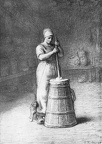 Peasant Woman and Churn
Peasant Woman and Churn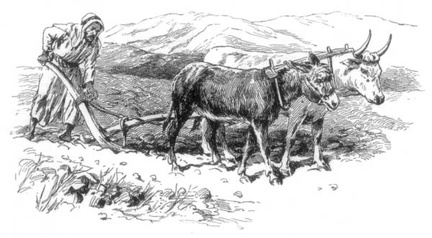 Ploughing in Syria
Ploughing in Syria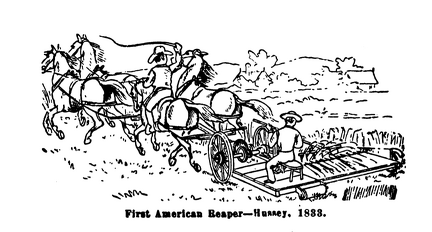 First American Reaper - Hussey
First American Reaper - Hussey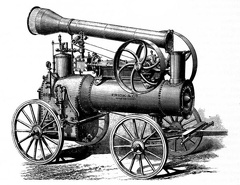 Frick portable steam engine of 1877
Frick portable steam engine of 1877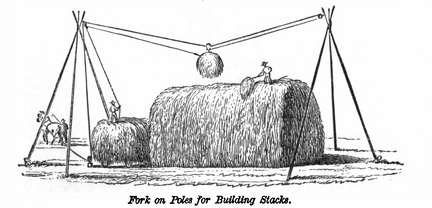 Building Hay stacks
Building Hay stacks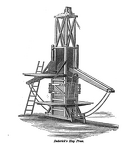 Dedericks Hay Press
Dedericks Hay Press



